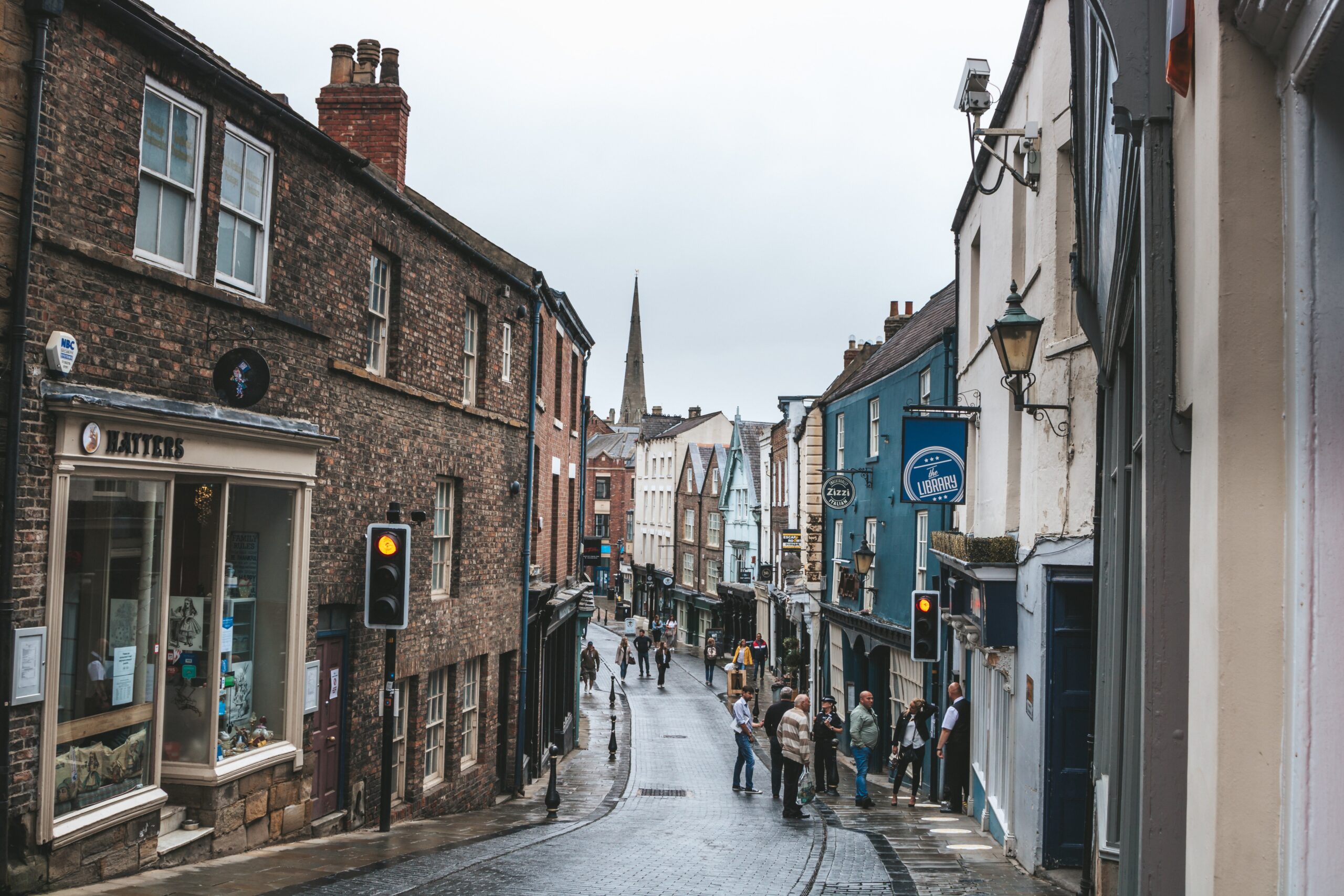15 April 2021
Shop till they drop
The high street’s last hurrah?
By Frank O’Nomics
What to do last Monday? Haircut, gym, pub, shop: Or all of the above? Many will have found the excitement just too much (and risky if these activities were put in the wrong order). For those reopening their businesses it was a welcome relief, but potentially a make or break moment – did they still have a business? The queues snaking along pavements might be seen as an answer, and a cause for celebration; a sign that the death of the high street is, as Mark Twain said of his own reported demise, “an exaggeration”. However, there have been two other news events that would suggest that this week’s feeding frenzy was little more than what stock market traders would call a ‘dead cat bounce’. In examining these we should ask is the high street dying or evolving?
The first is the ongoing saga of John Lewis. The department store chain has cut the number of its stores from 51 to 34 since the start of the pandemic. Two weeks ago the last 8 closures were announced, which will leave many large cities, such as Sheffield, York, Aberdeen and Peterborough with large empty spaces in their city centres. Peterborough has had a John Lewis for over 40 years. This week John Lewis announced that they do not have any further “proposed closures” but they have already effectively put 3,000 jobs at risk. Waiting to see how demand picks up as restrictions ease would appear to be a prudent move – it will be difficult to reopen these shops if they decide that they have made a mistake. The decision on further closures will be very dependent on whether the shift to internet shopping continues. John Lewis made about 40% of its sales online prior to the pandemic; since then this has risen to between 60 and 70%.
The other item of news that came as no surprise, but adds significantly to the weight of evidence against the high street, was the announcement of the results of ASOS. For the 6 months to the end of February ASOS made £106.4 million, which is over three times their profits for the same period last year, with their group sales up 24% to £1.97 billion for the half year. Clearly the pandemic has had a big impact on their business, and they are aware that, with the lifting of restrictions, this growth rate will be hard to sustain. However, they are optimistic. The pent-up additional savings amassed during the past 12 months, estimated to be of the order of £180 billion are not all going to be parked in peoples zero interest bank accounts for long. The easing of restrictions could actually provide a further impetus to ASOS’s sales, as young people have more occasions that they will want to dress up for. Rather than cutting costs, as John Lewis has been doing, ASOS has been raising money to finance acquisitions. This week they announced a £500 million convertible bond issue that will cost them no more than 1%. This money will be used to refinance their acquisition of Topshop and other Arcadia brands, but should not be seen as an investment in the high street – they are buying the brands, not any of the 70 stores.
All of this may be too bleak. Shopping as an outdoor exercise may be too deeply embedded in our DNA. We are social animals and, when we want something, we want it immediately. Waiting for goods to be delivered, only to find that you look like Tom Hanks’ secretary in the film “Splash” (Google it – it’s not a good look) becomes a protracted process at the end of which the moment is lost. The high street has to be used for something – it looks as if we may be going back to parades of small independent retailers together with ‘pop-up’ shops. The number of chain stores that we have lost grows ever larger, and in a few years we will barely remember Debenhams, Oasis, Cath Kitson and Warehouse, but while this amounted to 9,877 store closures in 2019 the number of independent stores only fell by 1,442. In 2020 around a fifth of town centres had more businesses open than close. The result is that the proportion of independent retailers is rising and now accounts for 65% of shops. The nature of the products being offered is also changing, with hairdressers and fitness businesses filling in some of the empty spaces.
While Monday’s queues may prove short-lived, the optimistic assessment of all of this is not that the high street is in a permanent state of decline, but that it is, as it ever was, in an ongoing process of change. In many respects the shopping experience could get better, with food and clothing essentials bought online, or in out of town shopping centres, while physical shopping is in boutique independent stores in between buying designer coffees and artisanal baked goods. Perhaps Napoleon was right, we are after all a nation of shopkeepers. The High Street is dead – long live the High Street!
tile photo: by Charlie Green on Unsplash


